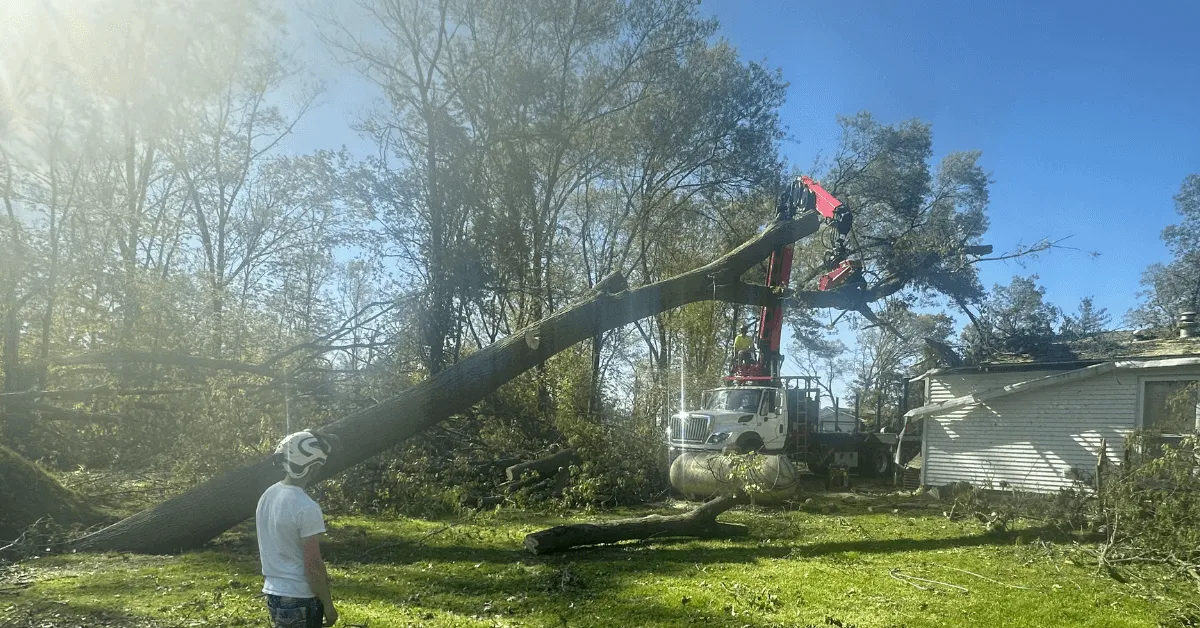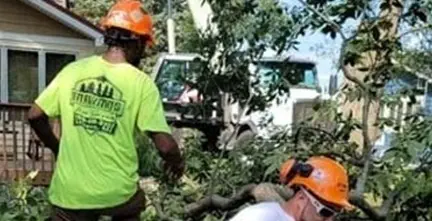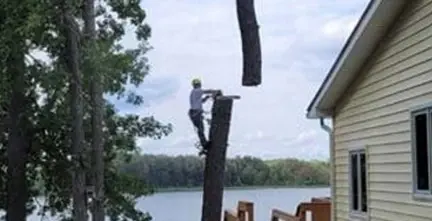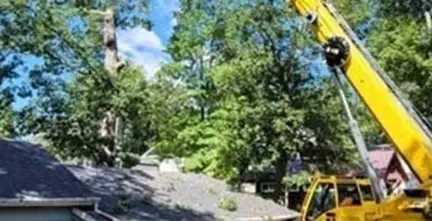Could a Tree in Your Yard Be Posing Hidden Risks?
When you notice the gentle shade or stately presence of a tree in your yard, do you also consider its safety? What if the same tree that brings beauty and value to your property is also a silent hazard? Trees rarely fail without warning, yet subtle clues often go unnoticed until wind, weather, or gravity reveal the consequences. Recognizing when a tree is a danger can prevent property loss, personal injury, and unexpected costs. This guide provides the facts and actionable steps every responsible property owner should know.
How Do Trees Become Hazardous? Understanding Structure and Stress
Every tree’s safety depends on the health of its roots, trunk, and branches working as one system. When one part weakens, the entire tree’s stability is threatened. Tree hazards often result from a combination of biological stress (disease, pests, poor nutrition), physical injury (pruning wounds, construction damage), and environmental extremes (drought, high winds, heavy snow).
Key Signs of a Potentially Dangerous Tree
Root Problems
Healthy roots are the foundation of any stable tree. When they become exposed, cracked, or decayed, the entire structure can weaken. Large, visible roots with damage or hollow areas often indicate that the tree has lost support and could lean or fall during a storm. If you notice mounded soil or a visible gap on one side of the tree, it may mean the root plate has shifted.
Fungal growth such as mushrooms or conks near the base is another sign of internal rot and root decay. The condition of the soil also matters. Ground that feels spongy, remains waterlogged, or is compacted too tightly can suffocate roots and prevent them from absorbing air and nutrients.
Trunk Issues
The trunk acts as the spine of the tree. Cracks that run vertically or horizontally weaken this main support, while hollows or cavities often suggest internal decay. If bark peels away in irregular patches or fails to regrow, it may point to a deeper problem beneath the surface.
Fungal fruiting bodies like shelf or bracket mushrooms, as well as signs of insects such as boreholes or sawdust at the base, indicate decay or infestation. Bulges or uneven swelling around old wounds show that the tree is trying to seal off damage, but wounds that never close can become a source of future rot.
Dangerous Branches
Branches reveal a lot about a tree’s condition. Dead or hanging limbs, especially those above roofs, driveways, or sidewalks, are an immediate hazard because they can snap without warning. When two branches grow tightly together and trap bark between them, it forms a weak joint that can split under pressure.
If a tree drops small branches every year, it may have a more serious underlying issue. Branches that rub or cross each other can also wear down bark, leaving open wounds that attract insects and disease.
Leaf and Canopy Distress
The canopy often shows the first signs of decline. Leaves that yellow, brown, or drop too early may signal stress or disease. Bare areas in the canopy or thinning at the branch tips often point to root or trunk problems that affect nutrient flow.
A sudden burst of small shoots along the trunk or major limbs is usually a stress reaction, often caused by root injury or poor pruning practices.
Visible Signs of Disease or Infestation
Fungal growths like conks or mushrooms emerging from the trunk or near the base usually mean internal decay is spreading. Other symptoms include sunken or dead areas of bark known as cankers, as well as oozing sap that may contain sawdust or frass from insects.
Small round holes, peeling bark, and piles of wood dust at the base suggest activity from pests such as emerald ash borer or bark beetles, both of which can cause rapid decline if untreated.
Tree Lean or Structural Imbalance
A healthy tree should stand upright and balanced. If a tree begins to lean more than fifteen degrees, or if the lean appears to worsen over time, the root system may no longer be providing proper support. This is especially dangerous if the lean faces a home or driveway.
Raised soil or exposed roots on the opposite side of the lean usually means the root plate is starting to lift. After storms or heavy rainfall, it’s important to check whether the tree’s base has shifted or if new gaps have formed in the soil.
Proximity and Environmental Hazards
Even a healthy tree can become dangerous because of its surroundings. Branches that touch power lines or press against structures create both safety and property risks. Trees growing too close to roofs, gutters, or walkways should be assessed for trimming or removal.
If nearby trees have recently fallen due to storms or disease, it’s wise to inspect yours as well. Insects and pathogens often spread between properties, and similar conditions can make your trees vulnerable too.
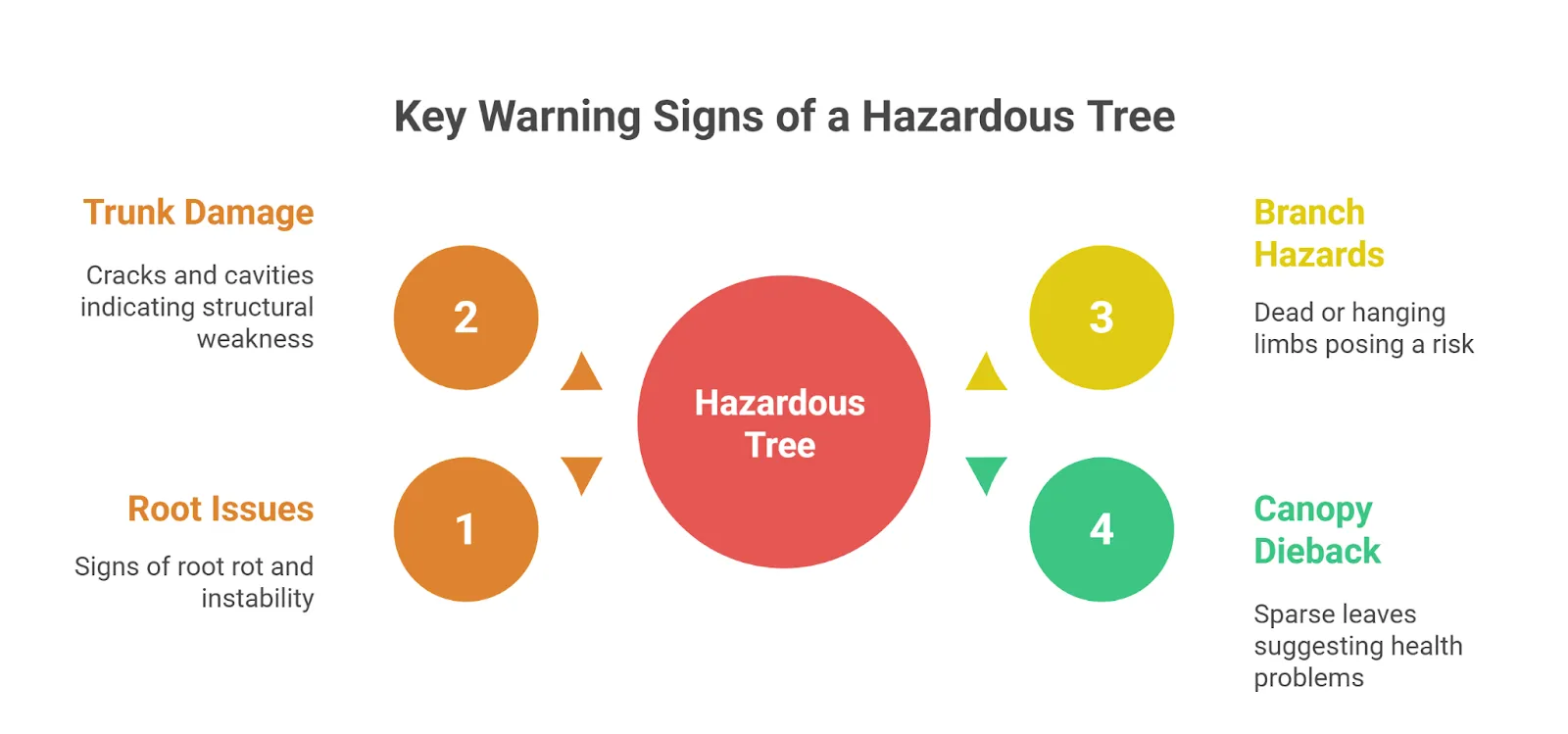
Frequently Overlooked Warning Signs
Some subtle signs may seem harmless at first but often indicate deeper structural or health issues. Watch for:
- Epicormic sprouting: A sudden flush of shoots along the trunk or main branches. This usually happens when a tree is stressed or attempting to recover from injury, disease, or root damage.
- Bark cracks or flaking: Often found on the southern or western sides of the trunk where sunlight hits hardest. Heat stress can cause bark to split, leaving the inner wood exposed to decay.
- Woodpecker holes or nesting activity: Repeated pecking or small clustered holes suggest insect infestation inside the tree, as woodpeckers are drawn to larvae beneath the bark.
- Unusual odors near the base: A sour or decaying smell around the lower trunk can indicate internal rot or fungal decay spreading from the roots upward.
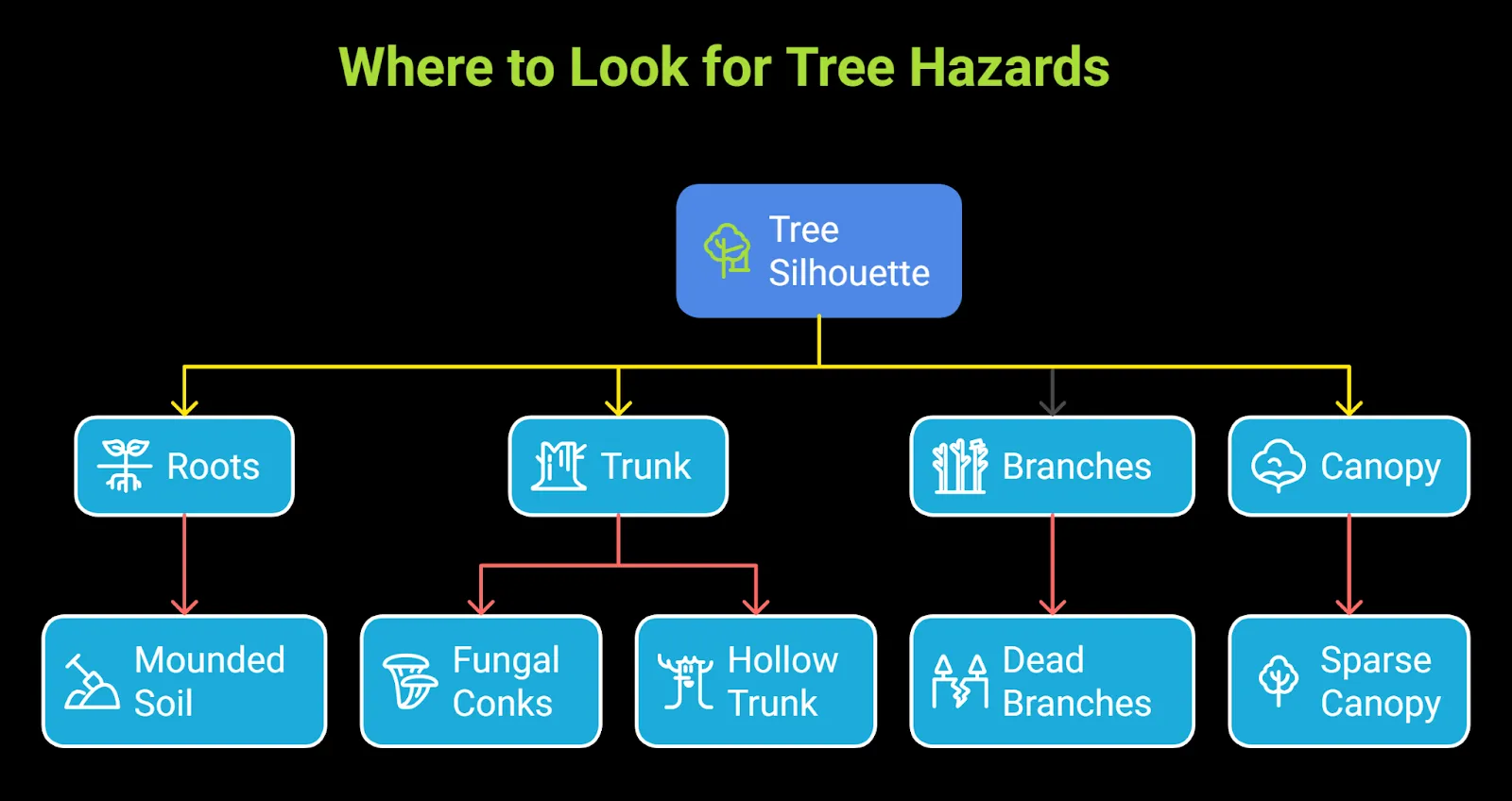
Self-Assessment: A Simple Checklist
| Symptom | What It Suggests | Immediate Action |
| Mushrooms at base | Internal root or trunk rot | Consult arborist |
| Dead branches over 2 inches in diameter | Hazardous limb | Arrange safe removal |
| Cracked or heaving soil | Root disturbance | Stop disturbance, inspect |
| Rapidly increasing lean | Anchor failure | Remove target if possible |
| Fungal canker or ooze on trunk | Infection | Professional diagnosis |
| Sparse or failing crown | Systemic stress | Schedule full inspection |
Preventing Hazardous Trees: Proactive Steps for Long-Term Safety
Prune With Care and Knowledge
Routine, professional pruning helps prevent hazardous limbs and decay. Always make clean cuts using proper techniques, and avoid topping trees since it leads to rapid rot and unstable regrowth. Knowing when to prune and when to call an expert can make all the difference in maintaining structural stability.
Monitor After Storms
After heavy rain, wind, or snow, inspect mature trees for broken branches, hanging limbs, or soil movement near the roots. Early detection of storm damage allows for safer intervention before problems worsen.
Mind Soil Health
Healthy soil supports strong root systems. Avoid driving vehicles, storing materials, or building structures over the root zone, as compacted soil reduces oxygen and water flow. Encourage good drainage to protect against standing water and root rot.
Water Wisely
Both drought and excessive watering can harm trees. Drought weakens a tree’s natural defenses against pests, while overwatering can suffocate roots. Learn the water needs of each species in your yard and adjust accordingly to maintain balanced soil moisture.
Document and Update
Keep a simple record of major pruning, storm damage, and repairs. Comparing notes over time helps identify changes in stability or health that may not be visible in a single inspection.
Hire Qualified Help
Certified arborists have the training to recognize early warning signs, perform safe pruning, and remove dangerous trees when necessary. Always confirm credentials and experience before hiring to ensure the best care for your property and safety.
FAQs: What People Are Asking
How can I tell if a tree is about to fall?
Look for changes after storms such as a new lean, root plate movement, or exposed soil. Loud or frequent cracking sounds, sudden loss of leaf cover, and visible root damage all warrant immediate attention.
Are some trees more dangerous than others?
Species with brittle wood such as silver maple or willow, or shallow rooting like birch and spruce, are more prone to storm failure. Trees previously topped or crowded grow with increased risk.
Do all mushrooms or fungi mean my tree is doomed?
Fungi at the trunk or root collar usually indicate advanced decay, but not every growth spells disaster. Some fungi are superficial. A professional can distinguish between types and their implications.
Is a hollow tree always hazardous?
Many older trees develop hollow centers and remain structurally stable if the outer shell is healthy and thick. However, combined with other factors such as cracks or canopy dieback, hollowness is a concern.
What about visible insects or woodpecker holes?
Insect exit holes, fine sawdust, or bark falling off along with increased woodpecker foraging can indicate internal pests weakening the structure.
When should I call an arborist?
If you observe multiple warning signs, a significant new lean, rapid canopy loss, or any sign of internal decay, schedule a certified arborist assessment. Professionals use tools such as resistographs and sonic tomography that allow internal checks beyond what is visually detectable.
When Removal Becomes the Only Option
Sometimes, even with the best care, a tree can reach a point where removal is the only safe and responsible decision. This is often the case when a tree leans toward a home or power line, has suffered major canopy or trunk failure, or when its roots have lost the ability to anchor it securely in the soil. In these situations, delaying removal can increase the risk of property damage or injury.
Tree removal, especially for large or unstable trees, should always be handled by insured and experienced professionals. They have the equipment, training, and techniques needed to dismantle trees safely, even in confined or high-risk areas. Attempting to remove a hazardous tree without proper expertise can be extremely dangerous.
Before scheduling any work, check your local regulations, since many municipalities require a permit for tree removal—particularly for large, healthy, or protected species. A certified arborist like Brawner’s Tree service can help you determine whether a permit is needed and guide you through the process to ensure the removal is done safely, legally, and with minimal disruption to your property.
